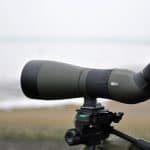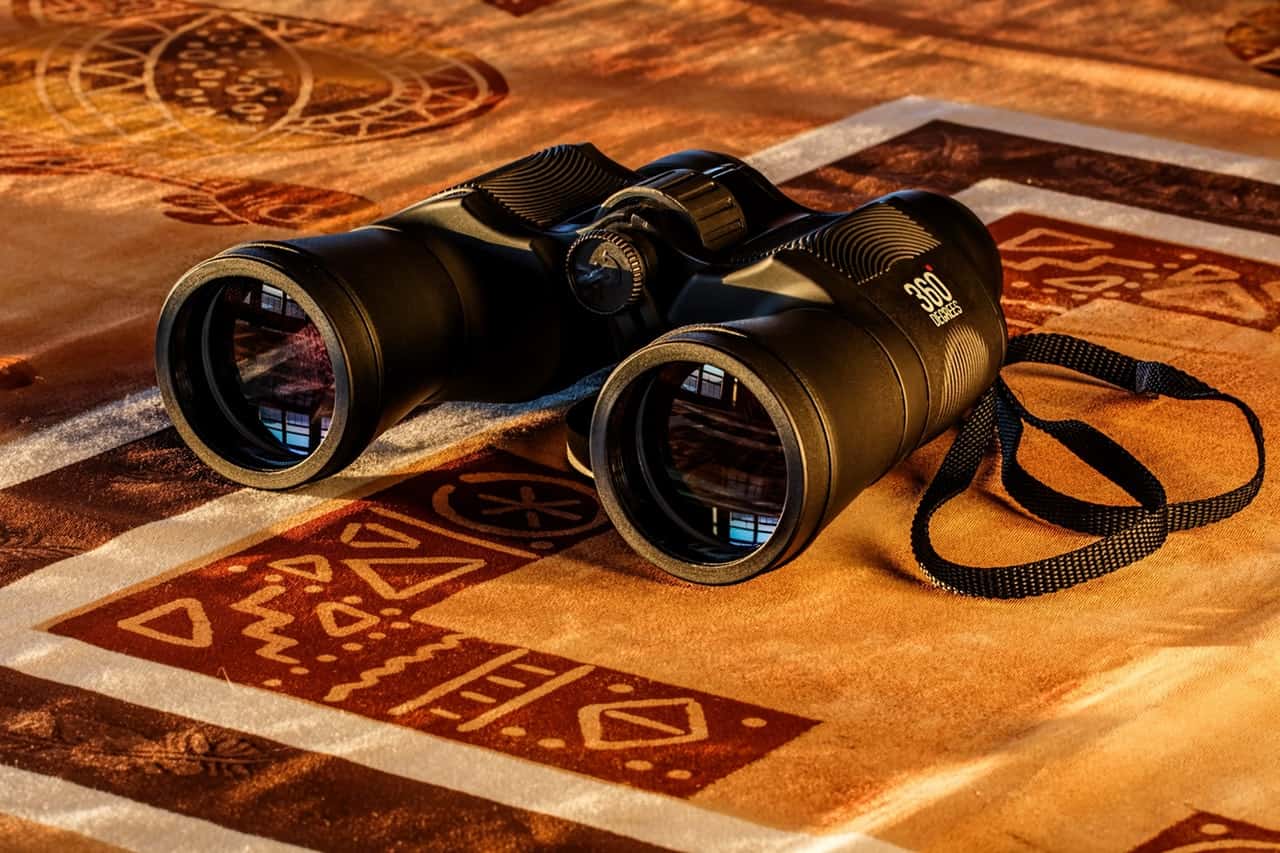Do you own night vision binoculars, or are you considering buying one? The chances are you have one of the frequently asked questions in mind that people usually ask when buying the night vision binoculars, ‘Can I use my night vision binoculars during the day?‘ Well answer to this is both a Yes and a No. Confused? Read on to know.
Although night vision binoculars are primarily designed for low light night vision. However, with an innovative technology (will discuss shortly), they also become fit for day time use.
Stay with me, and I will explain it in a while.
Can the night vision binoculars be used in daylight?
There are two ways this can be done.
1. The innovative compensation
The protective lens cover is the solution the innovators have come up with. The cover consists of calculated holes to restrict the amount of light entering the binoculars. Only a limited amount of light can enter the lens, protecting it from the damage of the intensified light during day time, making it suitable for daylight use.
Read my guide on how to focus binoculars like a pro!
2. Digital night vision system
Employing the technological solution, a few companies have produced the digital night vision binoculars. These are not equipped with an intensifier tube.
Instead, they consist of a high-resolution sensor that intensifies the light before projecting it on the screen. With no intensifier tube, there is no risk of damage to the device.
Read my easy to understand guide on the working mechanism of binoculars prisms.
How does a night vision binocular work?
The major function of night vision binoculars is to offer a clear vision at night. When the ambient light from the stars and the moon hit the lenses of the night vision binoculars, they pick up additional light and illuminate the image, causing you to see the distant image clearly.
Three primary components play a central role in the night vision binoculars;
- A photocathode,
- A photomultiplier and
- A phosphor screen
As the dim light at night enters the lens of the binoculars, it strikes the photocathode, which is a light-sensitive surface. Upon entering the photocathode, photons are converted into electrons by a photomultiplier. These electrons then hit a phosphor screen.
Upon hitting the phosphor screen, the electrons create small flashes of light. As the electrons are much more in numbers than the primary photons entering the binocular, a brighter version of light is produced, enabling you to see brighter images in the dark.
Are night vision binoculars legal?
Before buying or shipping these, make sure to check your country’s laws. In some countries, owning a night vision binocular is prohibited.
In Iceland, night vision binoculars are only prohibited if used for hunting. In France, it is illegal to own generation III night vision binoculars.
In the United States, there is no such prohibition; you can easily own a night vision binocular. In the Netherlands, there is no law regarding the possession of night vision binoculars.
In Belgium and Germany, there are also restrictions on owning a night vision binocular.
Night vision vs. Thermal imaging optics: The difference
Thermal optics are usually thermal imagers. They are not cameras, and they are used to detect radiation and heat. Since the subject’s temperature is greater than its surroundings, hence the optics give an image.
As thermal optics use radiation, they do not need any light source to create an image. The images obtained through thermal imaging optics are not detailed.
In comparison to thermal optics, night vision needs a light source to produce an image. Night vision tends to provide detailed and natural imagery.

Binos enthusiast since I was 12 – A real expert in all things optics including rifle scopes and red dots. Live in Dubai & love writing, beaches and eating!






